SBVS033C June 2002 – June 2016 REF2912 , REF2920 , REF2925 , REF2930 , REF2933 , REF2940
PRODUCTION DATA.
- 1 Features
- 2 Applications
- 3 Description
- 4 Revision History
- 5 Device Comparison Table
- 6 Pin Configuration and Functions
- 7 Specifications
- 8 Detailed Description
- 9 Application and Implementation
- 10Power Supply Recommendations
- 11Layout
- 12Device and Documentation Support
- 13Mechanical, Packaging, and Orderable Information
8 Detailed Description
8.1 Overview
The REF29xx is a series, CMOS, precision band-gap voltage reference. Its basic topology is shown in Functional Block Diagram. The transistors Q1 and Q2 are biased such that the current density of Q1 is greater than that of Q2. The difference of the two base-emitter voltages, Vbe1 – Vbe2, has a positive temperature coefficient and is forced across resistor R1. This voltage is gained up and added to the base-emitter voltage of Q2, which has a negative coefficient. The resulting output voltage is virtually independent of temperature. The curvature of the band-gap voltage, as seen in Figure 3, is due to the slightly nonlinear temperature coefficient of the base-emitter voltage of Q2.
8.2 Functional Block Diagram
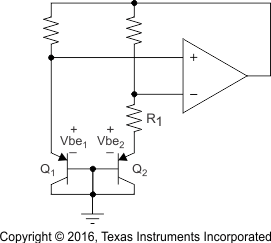 Figure 24. Simplified Schematic of Band-Gap Reference
Figure 24. Simplified Schematic of Band-Gap Reference
8.3 Feature Description
8.3.1 Supply Voltage
The REF29xx family of references features an extremely low dropout voltage. With the exception of the REF2912, which has a minimum supply requirement of 1.8 V, the REF29xx can be operated with a supply of only 1 mV above the output voltage in an unloaded condition. For loaded conditions, see Dropout Voltage vs Load Current.
The REF29xx features a low quiescent current, which is extremely stable over changes in both temperature and supply. The typical room temperature quiescent current is 42 µA, and the maximum quiescent current over temperature is just 59 µA. Additionally, the quiescent current typically changes less than 2.5 µA over the entire supply range, as shown in Figure 25.
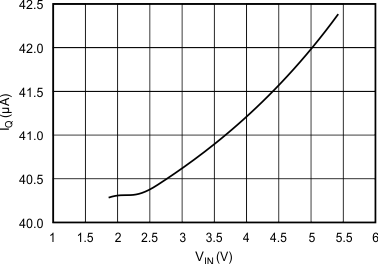 Figure 25. Supply Current vs Supply Voltage
Figure 25. Supply Current vs Supply Voltage
Supply voltages below the specified levels can cause the REF29xx to momentarily draw currents greater than the typical quiescent current. Using a power supply with a fast rising edge and low output impedance easily prevents this.
8.3.2 Thermal Hysteresis
Thermal hysteresis for the REF29xx is defined as the change in output voltage after operating the device at 25°C, cycling the device through the specified temperature range, and returning to 25°C, and can be expressed as shown in Equation 1.

where
- VHYST = calculated hysteresis
- VPRE = output voltage measured at 25°C pretemperature cycling
- VPOST = output voltage measured when device has been operated at 25°C, cycled through specified range –40°C to 125°C and returned to operation at 25°C
8.3.3 Temperature Drift
The REF29xx is designed to exhibit minimal drift error, defined as the change in output voltage over varying temperature. Using the box method of drift measurement, the REF29xx features a typical drift coefficient of 20 ppm from 0°C to 70°C— the primary temperature range of use for many applications. For industrial temperature ranges of –40°C to 125°C, the REF29xx family drift increases to a typical value of 50 ppm.
8.3.4 Noise Performance
The REF29xx generates noise less than 50 µVPP between frequencies of 0.1 Hz to 10 Hz, and can be seen in Figure 20. The noise voltage of the REF29xx increases with output voltage and operating temperature. Additional filtering may be used to improve output noise levels, however, take care ensuring the output impedance does not degrade AC performance.
8.3.5 Long-Term Stability
Long-term stability refers to the change of the output voltage of a reference over a period of months or years. This effect lessens as time progresses as is apparent by the long-term stability curves. The typical drift value for the REF29xx is 24 ppm from 0 to 1000 hours, and 15 ppm from 1000 to 2000 hours. This parameter is characterized by measuring 30 units at regular intervals for a period of 2000 hours.
8.3.6 Load Regulation
Load regulation is defined as the change in output voltage due to changes in load current. Load regulation for the REF29xx is measured using force and sense contacts as pictured in Figure 26. The force and sense lines tied to the contact area of the output pin reduce the impact of contact and trace resistance, resulting in accurate measurement of the load regulation contributed solely by the REF29xx. For applications requiring improved load regulation, force and sense lines must be used.
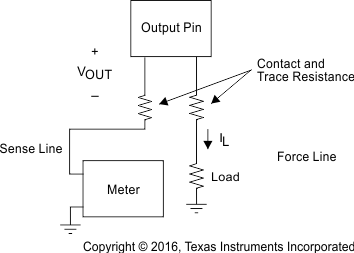 Figure 26. Accurate Load Regulation of REF29xx
Figure 26. Accurate Load Regulation of REF29xx
8.4 Device Functional Modes
8.4.1 Negative Reference Voltage
For applications requiring a negative and positive reference voltage, the OPA703 and REF29xx can be used to provide a dual-supply reference from a ±5-V supply. Figure 27 shows the REF2925 used to provide a ±2.5-V supply reference voltage. The low offset voltage and low drift of the OPA703 complement the low drift performance of the REF29xx to provide an accurate solution for split-supply applications.
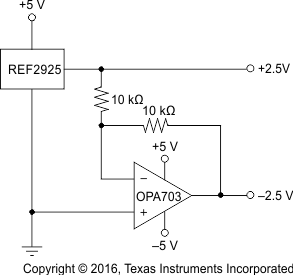 Figure 27. REF2925 Combined With OPA703 to Create Positive and Negative Reference Voltages
Figure 27. REF2925 Combined With OPA703 to Create Positive and Negative Reference Voltages
8.4.2 Data Acquisition
Often data acquisition systems require stable voltage references to maintain necessary accuracy. The REF29xx family features stability and a wide range of voltages suitable for most micro-controllers and data converters. See Figure 28 for a basic data acquisition system.
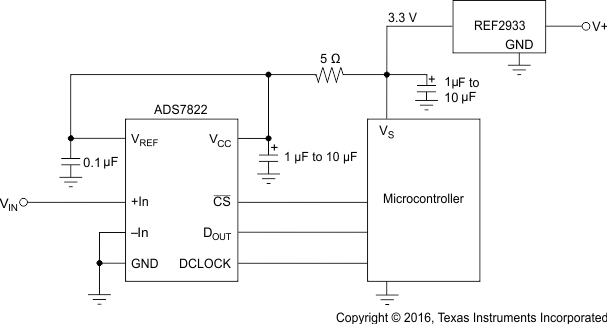 Figure 28. Basic Data Acquisition System 1
Figure 28. Basic Data Acquisition System 1